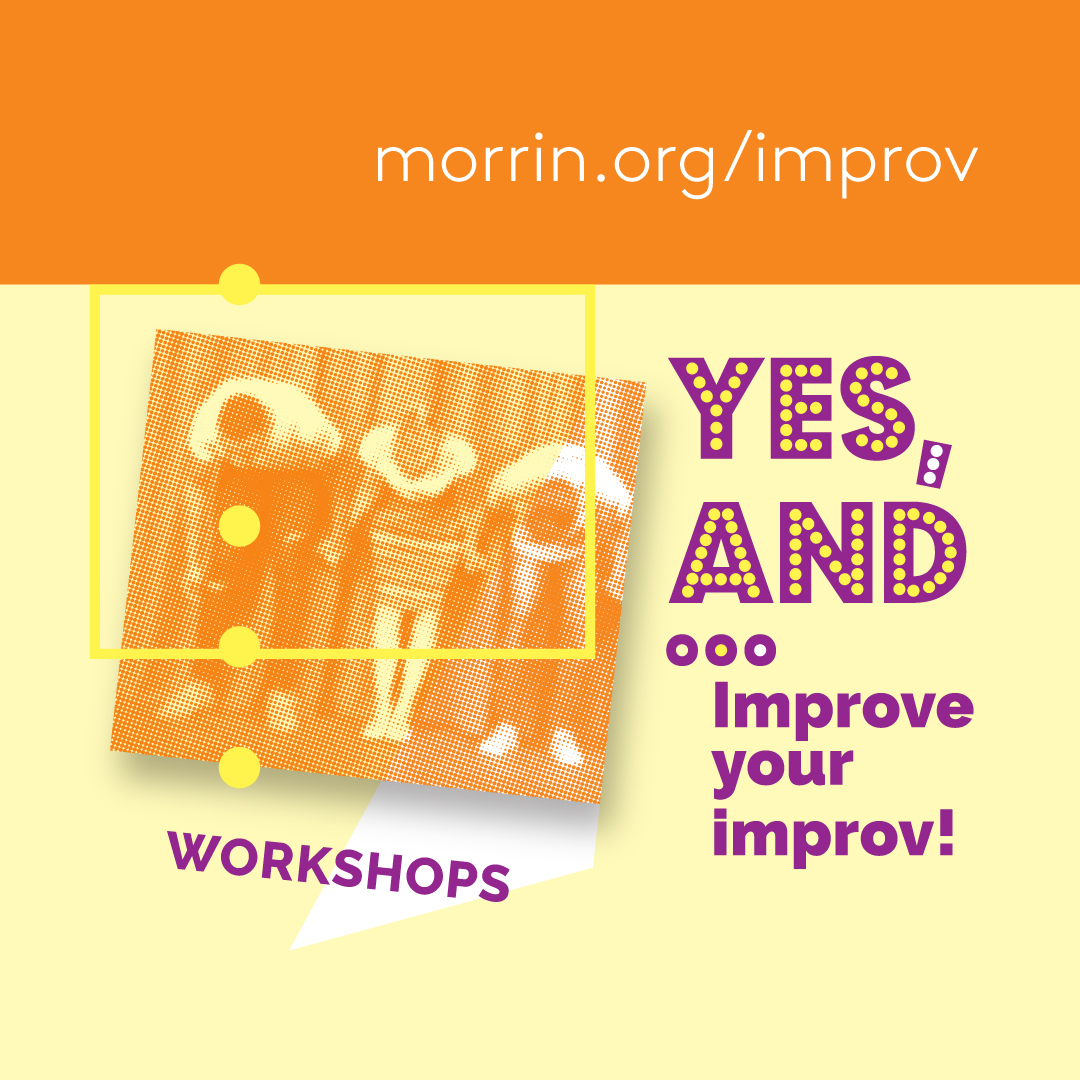Improv, short for improvisational theatre, is an art form that transcends mere performance; it is a dynamic practice rooted in spontaneity and collaboration. At the heart of improv lies the foundational principle known as “Yes, And.” This tenet serves not only as a guiding philosophy for improvisational performers but also as a pragmatic framework for enhancing interpersonal communication and creative thinking skills. This guide delves into the intricacies of the “Yes, And” principle and elucidates its significance for beginners navigating the vibrant world of improv.
Understanding the “Yes, And” Principle
The phrase “Yes, And” encapsulates a cardinal rule in improv that promotes acceptance and building on ideas. When one performer introduces a concept, the others are encouraged to respond by affirmatively acknowledging it and then adding new layers to the conversation. For instance, if one participant proclaims, “I’ve found a treasure map in the attic,” a reply steeped in the “Yes, And” ethos might be, “Yes, and we should follow it to discover hidden pirate gold!” Such responses propel the narrative forward, fostering a collaborative spirit.
At its core, the “Yes, And” principle transcends its theatrical origins, permeating various facets of life, including professional teamwork, interpersonal relationships, and creative brainstorming. It advocates for an affirmative mindset where one embraces the contributions of others rather than negating or dismissing them. This fundamental shift in perspective can catalyze remarkable innovations and collaborative successes.
The Historical Context of Improv
Improv’s roots can be traced back to various forms of theatrical presentation, particularly in the traditions of Commedia dell’Arte and vaudeville. In these early iterations, performers relied on improvisation to engage audiences with humor, wit, and unexpected twists. The evolution of modern improv began taking shape in the mid-twentieth century, particularly in Chicago, where theatre practitioners such as Del Close and the founders of The Second City pioneered structured improv forms while espousing the “Yes, And” philosophy. This historical perspective is crucial for understanding how the principle evolved and why it continues to wield significant influence in contemporary improvisational practice.
The Psychological Dynamics of “Yes, And”
The benefits of employing the “Yes, And” principle extend well beyond the stage; they offer profound insights into human psychology. When individuals practice acceptance and affirmation, they foster an environment characterized by trust and cooperation. This principle counteracts inhibitions and reduces the fear of failure, enabling individuals to express ideas freely without the looming dread of rejection.
Furthermore, “Yes, And” nurtures the concept of active listening—an essential component of effective communication. By focusing on what others propose, participants engage in a reciprocal exchange that enhances collective creativity. This heightened level of attentiveness emboldens speakers to delve deeper into their thoughts, creating a ripple effect of inspiration and innovation.
Practical Applications of “Yes, And”
Incorporating the “Yes, And” principle into daily interactions can yield transformative outcomes in various settings:
- Workplace Collaboration: In corporate environments where brainstorming sessions can often devolve into critiques, embracing “Yes, And” can rejuvenate discussions. Whether you’re developing a marketing campaign or launching a new product, affirming colleagues’ ideas enhances collaboration and encourages creative solutions.
- Conflict Resolution: When disagreements arise, instilling a “Yes, And” mindset can shift the focus from opposition to understanding. By acknowledging each party’s viewpoints while building upon them, individuals can work collaboratively towards a resolution rather than remaining entrenched in rigid positions.
- Personal Relationships: In personal interactions, the “Yes, And” approach fosters healthier communication. Rather than dismissing a partner’s ideas or feelings, responding with acceptance cultivates a climate of mutual respect and enables deeper connection.
Common Misconceptions about “Yes, And”
Despite its apparent simplicity, the “Yes, And” principle is often misunderstood. One common misconception is that it encourages blind agreement or uncritical acceptance of all ideas. In reality, “Yes, And” is not synonymous with compliance; rather, it promotes constructive engagement. It is entirely possible to agree with a premise while providing alternative perspectives that enrich the discussion. The vital component lies in the affirmative acknowledgment, which sets the stage for meaningful dialogue.
Another misconception is that “Yes, And” is exclusive to improv. While it is a foundational strategy for improvisational activities, its implications reach far beyond theatrical contexts. Individuals can integrate this principle into everyday conversations, teaching environments, and even in their artistic pursuits.
Building Your “Yes, And” Skills
For those intrigued by the “Yes, And” principle:
- Engage in improvisational exercises. Joining an improv class can provide you with practical experience in employing this principle while collaborating with others.
- Practice active listening. Hone your capacity to listen closely to others, allowing their ideas to inspire your responses.
- Adopt an open mindset. Challenge yourself to embrace uncertainty and view unexpected inputs as opportunities rather than disruptions.
In conclusion, “Yes, And” possesses the transformative power to reshape not just performance art but also the fabric of human interaction. By understanding and applying this principle, individuals can unlock creativity, promote collaboration, and fortify connections across various spheres of life. Engaging with improv is about much more than humor; it’s a pathway to enriching communication and cultivating a spirit of innovation. So, embrace “Yes, And”—bring your ideas to life, and watch them flourish.

